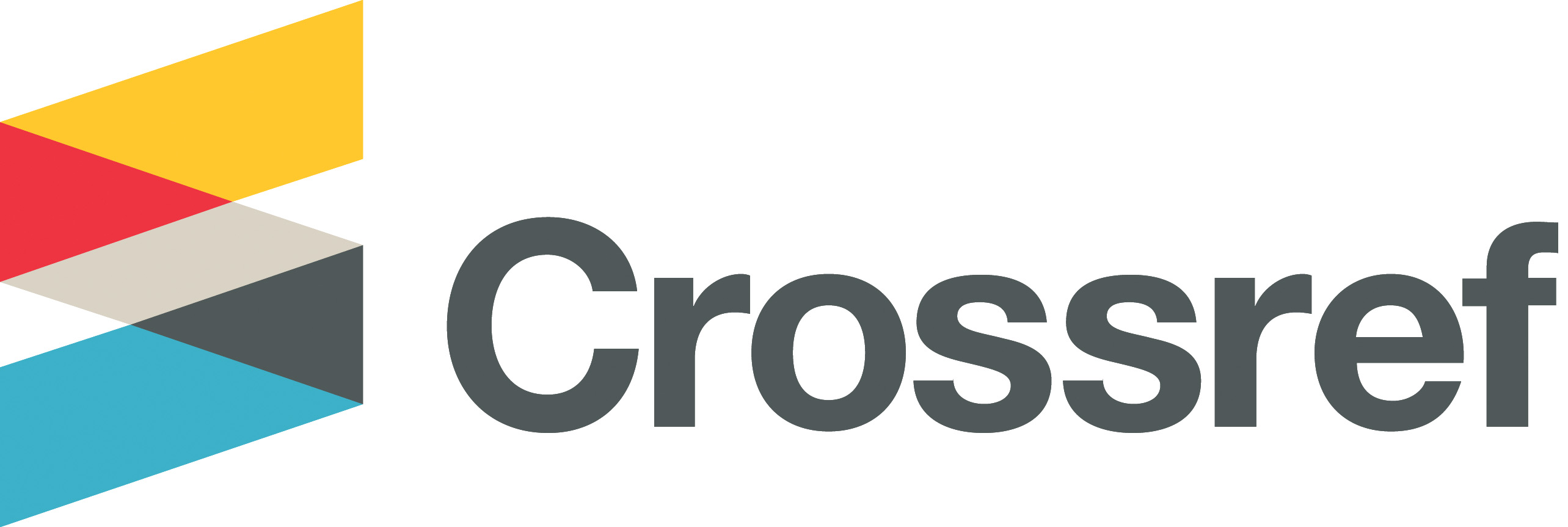Is it Time to Develop Government Communication Functions?
DOI:
https://doi.org/10.33282/abaa.v15i60.1083Keywords:
Government communication; Development; Digital technologyAbstract
Embracing digital technological advancements in media and communication has led government entities to adopt communication practices fully aligned with the digital and networked system in government communication. Traditional media practices within the government environment increasingly rely on the ability to utilize digital tools and systems for content creation, communication, evaluation, and the management of the entire communication process within an electronic and intelligent framework for government services. Naturally, this transformation has caught the attention of communication and public relations researchers worldwide, as the digital and networked aspects of government communication now form an intellectual and theoretical dimension that cannot be underestimated in studying government communication practices.
Downloads
References
Cañizález, A. (2016). Building Communication Policies with a Public Sense. Media Development.(3), 33-37. http://search.ebscohost.com
Diop, W. (2000). From Government Policy to Community-Based Communication Strategies in Africa: Lessons from Senegal and Uganda. Journal of Health Communication, 5(sup1), 113-117. https://doi.org/10.1080/10810730508956572
Fairbanks, J., Plowman, K. D., & Rawlins, B. L. (2007). Transparency in government communication. Journal of Public Affairs, 7(1), 23-37. https://doi.org/10.1002/pa.245
Howlett, M. (2009). Government communication as a policy tool: A framework for analysis. Canadian Political Science Review, 3(2), 23-37. https://ojs.unbc.ca/index.php/cpsr/article/view/134
Jansen, P., Stoep, J. v. d., & Jochemsen, H. (2017). Theorizing government communication with regard to the Dutch nature policy. European Journal for the Philosophy of Communication (Empedocles), 8(1), 95-113. https://doi.org/10.1386/ejpc.8.1.95_1
Liu, B. F., & Horsley, J. S. (2007). The Government Communication Decision Wheel: Toward a Public Relations Model for the Public Sector. Journal of Public Relations Research, 19(4), 377-393. https://doi.org/10.1080/10627260701402473
Sanders, K., & Canel, M. J. (2015). Mind the gap: Local government communication strategies and Spanish citizens’ perceptions of their cities. Public Relations Review, 41(5), 777-784. https://doi.org/10.1016/j.pubrev.2015.06.014
Sanders, K., Crespo, M. J. C., & Holtz-Bacha, C. (2011). Communicating Governments:A Three-Country Comparison of How Governments Communicate with Citizens. The International Journal of Press/Politics, 16(4), 523-547. https://doi.org/10.1177/1940161211418225
Sanina, A., Balashov, A., Rubtcova, M., & Satinsky, D. M. (2017). The effectiveness of communication channels in government and business communication. Information Polity, 22(4), 251-266. https://doi.org/10.3233/IP-170415
Soukeník, Š. (2018). Towards a stakeholder model of government communication: A case study of the Czech Republic. Communication Today, 9(1), 20-37. http://search.ebscohost.com/login.aspx?direct=true&AuthType=ip,uid&db=ufh&AN=129331452&site=ehost-live
Vos, M., & Westerhoudt, E. (2008). Trends in government communication in The Netherlands. Journal of Communication Management, 12(1), 18-29. https://doi.org/10.1108/13632540810854217
Yang, S.-U. (2018). Effects of Government Dialogic Competency: The MERS Outbreak and Implications for Public Health Crises and Political Legitimacy. Journalism & Mass Communication Quarterly, 95(4), 1011-1032. https://doi.org/10.1177/1077699017750360
Downloads
Key Dates
Published
Issue
Section
License
Copyright (c) 2023 ALBAHITH ALALAMI

This work is licensed under a Creative Commons Attribution 4.0 International License.
Authors retain copyright and grant the journal right of first publication with the work simultaneously licensed under a Creative Commons Attribution License (CC BY 4.0) that allows sharing the work with recognition of authorship and initial publication in ABBA journal.

 Dr Ahmed Farouk Radwan is a faculty member in college of communication , University of Sharjah . He holds a BA in Public Relations and Advertising from Cairo University ,and PhD from Helwan University. He published many researches in reputation management , crises communication , online public relations ,and government communication. He is a writer in Sharjah 24 news website and a member of the academic board of international government communication forum.
Dr Ahmed Farouk Radwan is a faculty member in college of communication , University of Sharjah . He holds a BA in Public Relations and Advertising from Cairo University ,and PhD from Helwan University. He published many researches in reputation management , crises communication , online public relations ,and government communication. He is a writer in Sharjah 24 news website and a member of the academic board of international government communication forum.
















